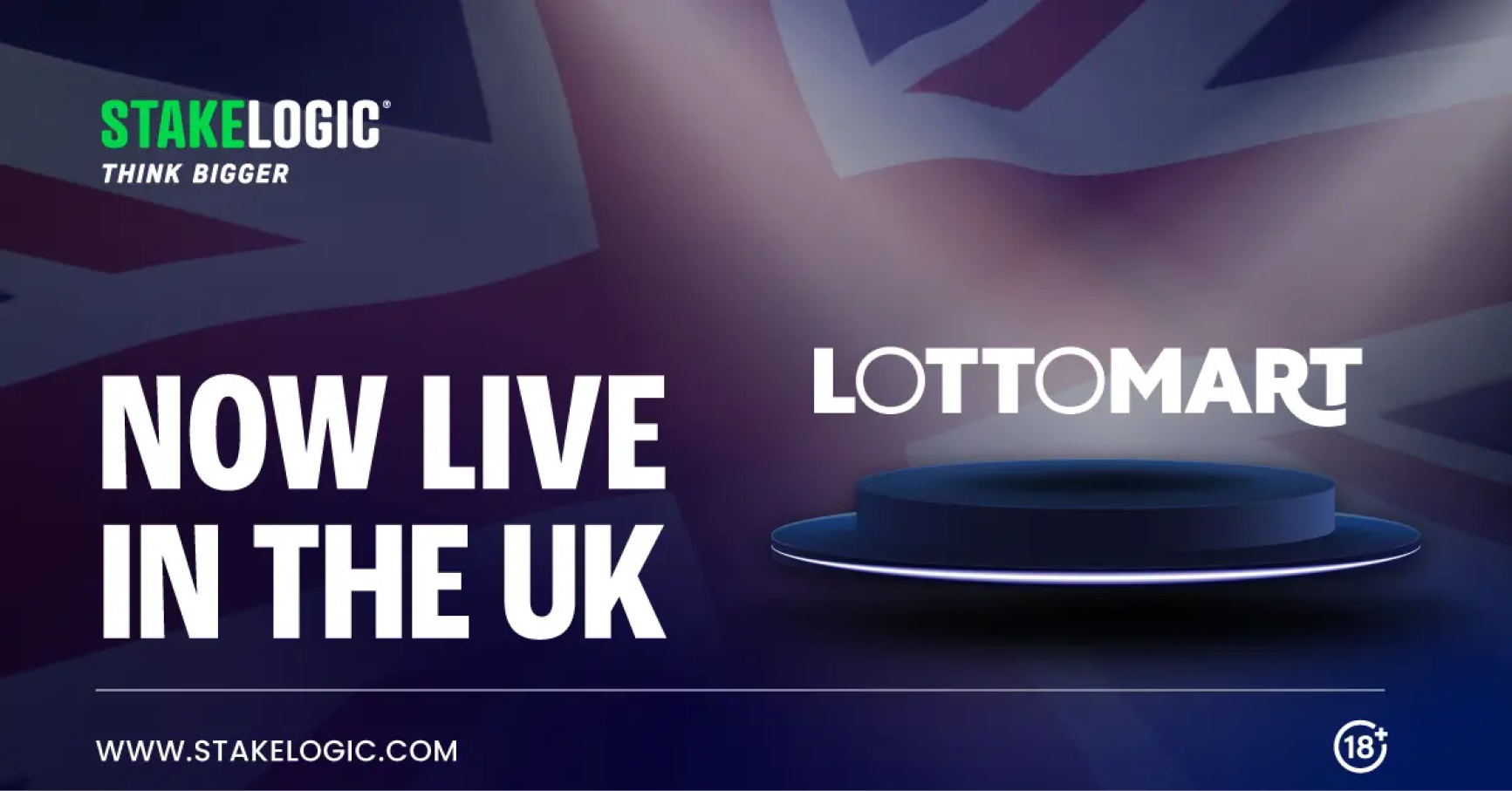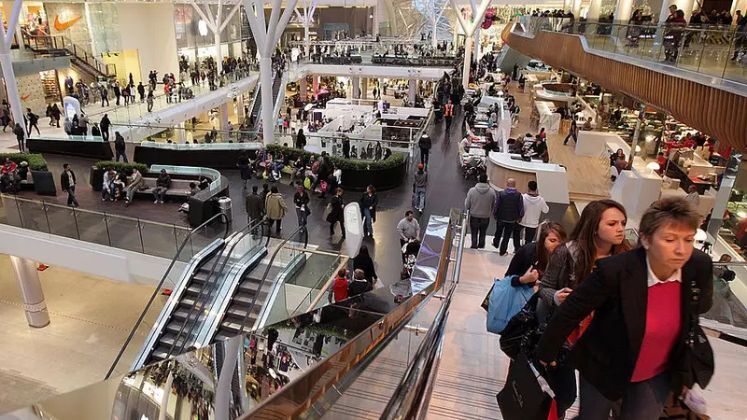Shopping
Self-gifting messaging is set to dominate Black Friday ads

In a holiday season often dominated by messages of gift-giving, brands like Oura and Teleties are seeing success by focusing on self-gifting as self-care.
One of Oura’s holiday campaign taglines last year said, “Give yourself the gift of health,” tapping into how the product helps wearers monitor their heart rate, sleep and other biometrics. The brand saw its highest web traffic of the year on Black Friday and Cyber Monday, generating 155% year-over-year sales growth.
Oura’s CMO, Doug Sweeny, said this year’s holiday campaigns will hit a similar note. “We’re seeing self-gifting become a big deal, especially as people balance family, friends, shopping, and hosting parties,” he said.
Around two-thirds of shoppers in 2023 planned to shop for themselves during Black Friday or Cyber Monday, according to a Gallup survey. More than a third use this time to stock up on good deals for household items. And about three in 10 take advantage of sales to make a high-ticket purchase of $500 or more, the survey found.
This year, some industry experts expect a shopping season with minimal growth. The impending presidential election could put people off from holiday shopping later in the season, while a still-constrained economic environment has many shoppers keeping spending in check. Deloitte expects an increase of 2.3% to 3.3% in sales compared to last year, while Mastercard predicts a 3.2% increase in sales from November 1 to December 24. In response, some brands may lean into what shoppers want to get themselves as a way to continue to drive sales — especially brands that can tap into how the purchase will help someone with their overall health or well-being.
At Oura, gifting usually makes up about 20% of its business, Sweeny said. That can be as high as 40% during the holidays. But because of the general increase in spending during the fourth quarter, the company still sees an influx of people purchasing something for themselves during the holidays. Sweeny said there’s also a boost of people buying Oura for themselves due to the expiration of FSA and HSA dollars at the end of the year. In response to this trend, Sweeny said one potential tagline for Oura’s campaigns this year is “self-care is now in season.”
“We’re not being shy about it,” he said. “The pace of all our lives keeps getting crazier, and leaning into self-care during the holiday season feels very natural.”
Diana Cino, CMO at connected rowing brand Hydrow, said the company also sees a surge in fourth-quarter sales as people take advantage of holiday deals and prep for New Year’s fitness resolutions. Hydrow, a high-consideration product at $2,195, sees its biggest peak during Cyber Week, Cino said. “Around Black Friday, we see a lot of self-gifting behavior. People are more likely to say, ‘This is something I’ve been thinking about getting for a while, and now I’ll pull the trigger,’” Cino said.
Another spike occurs closer to Christmas, which Cino believes is driven by shipping deadlines and people looking to get a gift to a loved one in time for Christmas. “Self-gifting purchases tend to be more flexible in timing while gifting someone else brings urgency for delivery,” she added.
In response to this cadence, Hydrow adjusts its ad campaigns to match the buying cycle, running different content for self-gifting versus gifting others. This year, it’s leaning heavily on connected TV ads and showcasing the visuals used on the connected rower’s screen. “When it’s a self-gift, it leans into how you feel about yourself and your fitness goals,” she said.
It’s not just higher-ticket, considered purchases that people are buying for themselves. The prevalence of “little treat” culture plays a role, especially around holiday hosting and trend. Kristen Pumphrey, co-founder of P.F. Candle Co., said candles are a popular gift that people tend to add one for themselves. “Our product is what I call a ‘little treat,’” she said. “It’s that extra oomph for your week that doesn’t cost too much, but can go a long way for a mood booster.”
P.F. Candle doesn’t specifically run campaigns oriented around self-gifting, Pumphrey said. But the concept may play into copy or product descriptions, especially around bundles. It offers up to 20% off for bundles of multiple fragrances, or mixes candles, diffusers and incense — which customers can divide up as gifts. “Bundles are a place we would use the ‘treat yourself’ language, because we might say ‘bundle and save for gifts, or yourself,’ Pumphrey said.
Alyssa Brown, vp of marketing at hair accessories Teleties, said the company’s holiday-themed products are a frequent add-on purchase for people when buying gifts — especially for repeat shoppers who change up their accessory with the season. This year, the array includes dangling bows, glitter and candy cane prints.
The brand, which sells at Target as well as independent boutiques, is a popular stocking stuffer at a $10 pack of hair ties or a $15 claw clip, Brown said, but affordable enough to buy several at once. There’s also a free gift with purchases over $35, like a headband or hair tie, that people may keep for themselves.
“Self-gifting means buying something for themselves that makes them feel better, but not breaking the bank,” she said. “We hear about it a lot when people are shopping mom-and-pop boutiques. There’s a bowl of Teleties near the register, and after doing a lot of shopping people grab them for themselves.”










